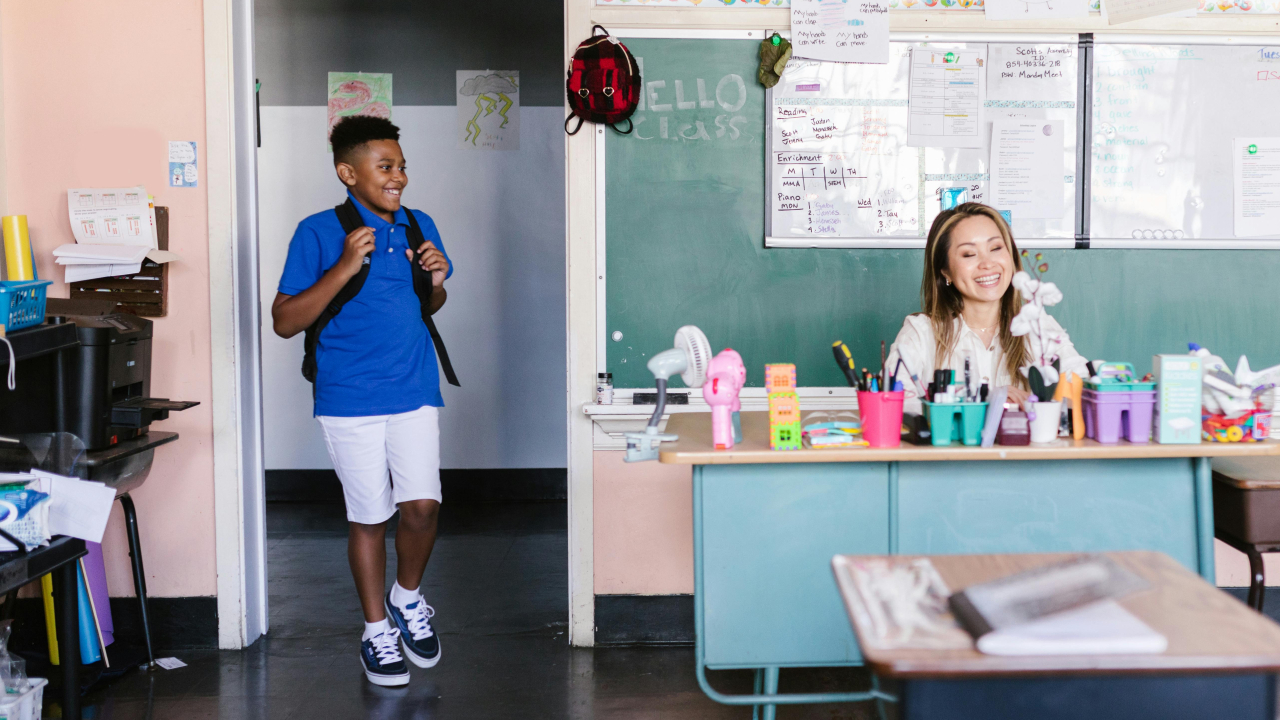Inclusion Strategies to Empower Education: A Personal Perspective
As an Inclusion Director, I have been privileged to witness the transformative power of inclusive education. Over the years, I’ve learned that true inclusion is not just about integrating students with diverse needs into mainstream classrooms; it's about fostering an environment where every student, regardless of their background or ability, feels seen, valued, and supported. Inclusion is about building bridges, removing barriers, and creating pathways for success for all learners. Below, I share some of the key strategies I’ve implemented, drawing from personal experiences, to empower

1. Individualized Support Plans
One of the most crucial strategies for fostering inclusion is the creation of individualized support plans, which are tailored to the unique needs of each student. In my experience, a one-size-fits-all approach simply does not work. I’ve seen this firsthand in students who initially struggled to adapt to a new environment. By offering them full Learning Support Assistant (LSA) guidance along with a personalized plan, we basically provide them with the right balance of autonomy and assistance. This personalized approach not only helps gain confidence but also allow students to thrive academically and socially.
2. Collaborative Goal Setting
Inclusion is not just the responsibility of the inclusion team; it requires the collaboration of teachers, parents, and students. At the heart of our work lies a strong focus on Personalized Education Plans (PEPs). These plans are created collaboratively, with input from teachers, LSAs, and parents to ensure that everyone is working toward the same goals.
3. Consistent Communication and Feedback Loops Another vital strategy in inclusion is maintaining consistent communication between all stakeholders. In my role, I’ve found that open dialogue between teachers, LSAs, parents, and students is critical for inclusion to succeed. For instance, the regular feedback loops we established for students can play and instrumental role in providing the necessary adjustments to ensure success. These feedback loops allow to continually assess progress, make timely interventions, and celebrate milestones, no matter how small.
4. Flexible Learning Environments
Inclusive education requires flexibility—not only in teaching methods but also in learning environments. I’ve observed that when we give students the freedom to learn in ways that best suit their needs, their engagement and performance increase dramatically.
5. Building a Culture of Empathy and Understanding Perhaps one of the most powerful strategies for inclusion is fostering a culture of empathy within the school community. From day one, it has been our goal to ensure that inclusion is not just a policy but a mindset adopted by everyone. Through regular staff training and open discussions, we’ve been able to cultivate a school culture where every student’s strengths are celebrated, and differences are seen as opportunities for learning. I recall an experience with a student in Grade 7, where her classmates stepped up to support her in group activities, not out of obligation but out of a deep sense of empathy they had developed through ongoing inclusion awareness. This environment of mutual respect and understanding is essential for inclusion to thrive.
6. Continuous Professional Development
The landscape of education is always evolving, and so must the skills of educators. To this end, continuous professional development (CPD) is a nonnegotiable aspect of successful inclusion strategies. By ensuring that teachers and LSAs are continually trained in inclusive practices, we equip them with the tools to better support all students. This can range from specialized training on dyslexia support, to advanced strategies for managing emotional and behavioral challenges.
7. A Focus on Social and Emotional Learning (SEL) Inclusive education is not just about academic success; it’s about ensuring the overall well-being of students. I’ve found that when we prioritize social and emotional learning (SEL) alongside academic goals, students are better equipped to navigate the challenges they face. By nurturing these aspects, we help students build confidence, develop resilience, and foster meaningful connections with his peers.
8. Celebrating Milestones, No Matter How Small
Inclusion is a journey, not a destination. One of the most fulfilling aspects of my role has been celebrating the small victories—whether it’s a student managing to self-regulate their emotions for the first time or a breakthrough in academic performance. These moments, however small, contribute to the larger success of the student and serve as powerful reminders of why we do what we do.
Inclusion as a Way of Life Inclusion is more than a strategy—it’s a way of life. As I reflect on the years I’ve spent working toward creating a more inclusive environment, I am filled with a deep sense of pride. I’ve seen firsthand how inclusion, when done right, can empower not just students but entire communities. The journey hasn’t always been easy, but the rewards have been immense. Each child-centered decision we make contributes to building a future where every student is empowered to achieve their full potential. In alignment with the #KSA 2024 mission statement, “We Dream, We Achieve,” we continue to push forward with our vision for inclusive education here in the Kingdom. It’s a vision that sees barriers not as roadblocks but as challenges to overcome, with the ultimate goal of making sure every child, regardless of ability, can succeed. I’m honored to be a part of this journey, and I look forward to continuing to advocate for and implement inclusion strategies that empower education for all.
Written by Faiza Mubeen, Director of Inclusion, Beech Hall School Riyadh
Stay up to date
Subscribe to the free GESS Education newsletter and stay updated with the latest insights, trends, and event news every week. Your email address will remain confidential

